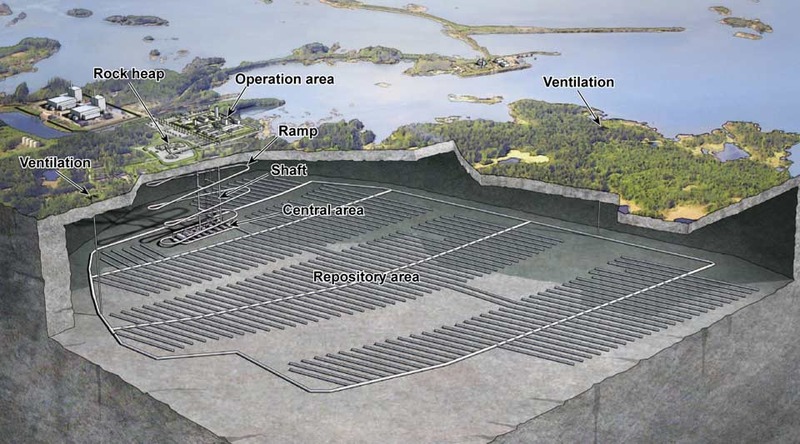Hard Drive for a Million Years

The speed of obsolescence of data storage formats is extremely high - already now only used floppy drives are needed by anyone and go to musical instruments . One can only sympathize with the builders of nuclear waste repositories: they need to keep records of what is buried and where, but not for years, but for tens of millennia.
Patrick Charton of ANDRA, France’s French Nuclear Waste Authority, presented one of the possible solutions to this problem: a sapphire disk on which the information is engraved with platinum. The purpose of the device is to provide information for archaeologists of the future. The cost of the prototype was 25 thousand euros, but Charton assures that he will live a million years. However, he is not sure in which language the data should be recorded.
Most countries with nuclear power plants have agreed that the solution to the burial ground is to store waste deep underground, about 500 meters below the surface. Finland, France, and Sweden advanced the furthest in finding a suitable site. For example, the Swedish company SKB spent 30 years only looking for a suitable place and is now awaiting the permission of the authorities to start digging. It is planned to start loading waste in a decade.
However, the most uncontrollable process is time: you cannot be sure that future generations will not forget the location of burial grounds and start digging in these places. Archaeologist Korenilus Holtorf of Linnaeus University in Sweden showed an attempt at warning: a stone 1 meter wide, which engraved in English the large words "Caution - Do not dig" and a smaller text - an explanation of the disposal of nuclear waste. But who knows what language our descendants will use, how they will think, and whether they will be people in general? Holtorf notes that despite warnings about the inadmissibility of excavations of the pyramids of the ancient Egyptians, the sarcophagi were plundered by the next generation.
In 2010, ANDRA launched a project designed to solve these problems. Specialists from a wide range of fields work on it: materials scientists, archivists, archaeologists, anthropologists, linguists and even artists - "to make sure they ate answers to our questions." Initially, all possible options are considered, and by 2014-15 it is planned to narrow the range of possible solutions. However, they have enough time to find a solution: most likely, the storage facilities will not be filled until the end of the century.
A sapphire storage ring is just one of the results of this search. It is made of two thin disks and has a diameter of 20 centimeters. On one side on the platinum, text or images are etched - 40 thousand miniature pages that archaeologists of the future will read through a microscope. Then both halves are fused. The prototype was tested with acid to test it for aging resistance. Charton hopes for a life span of 10 million years.
via
